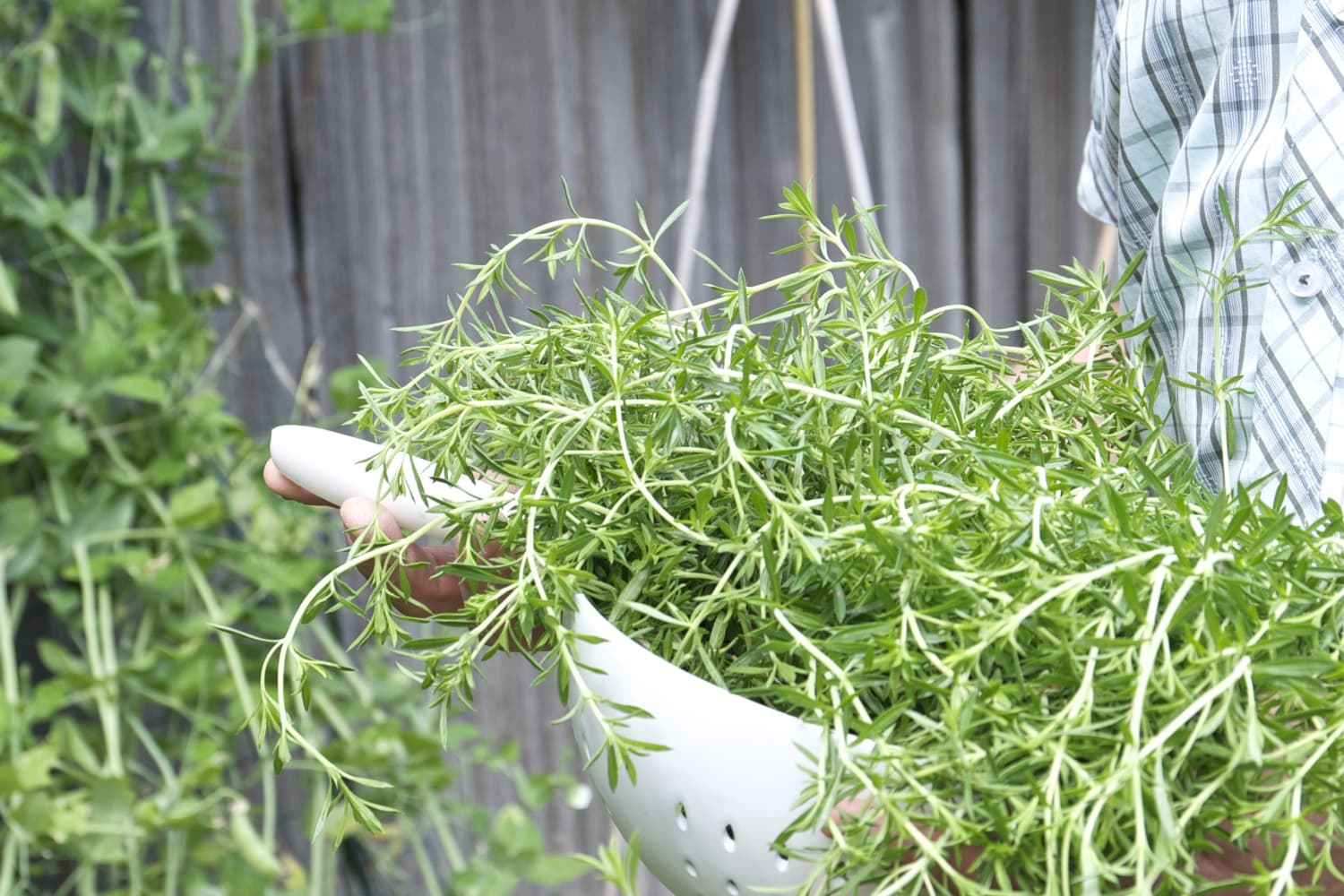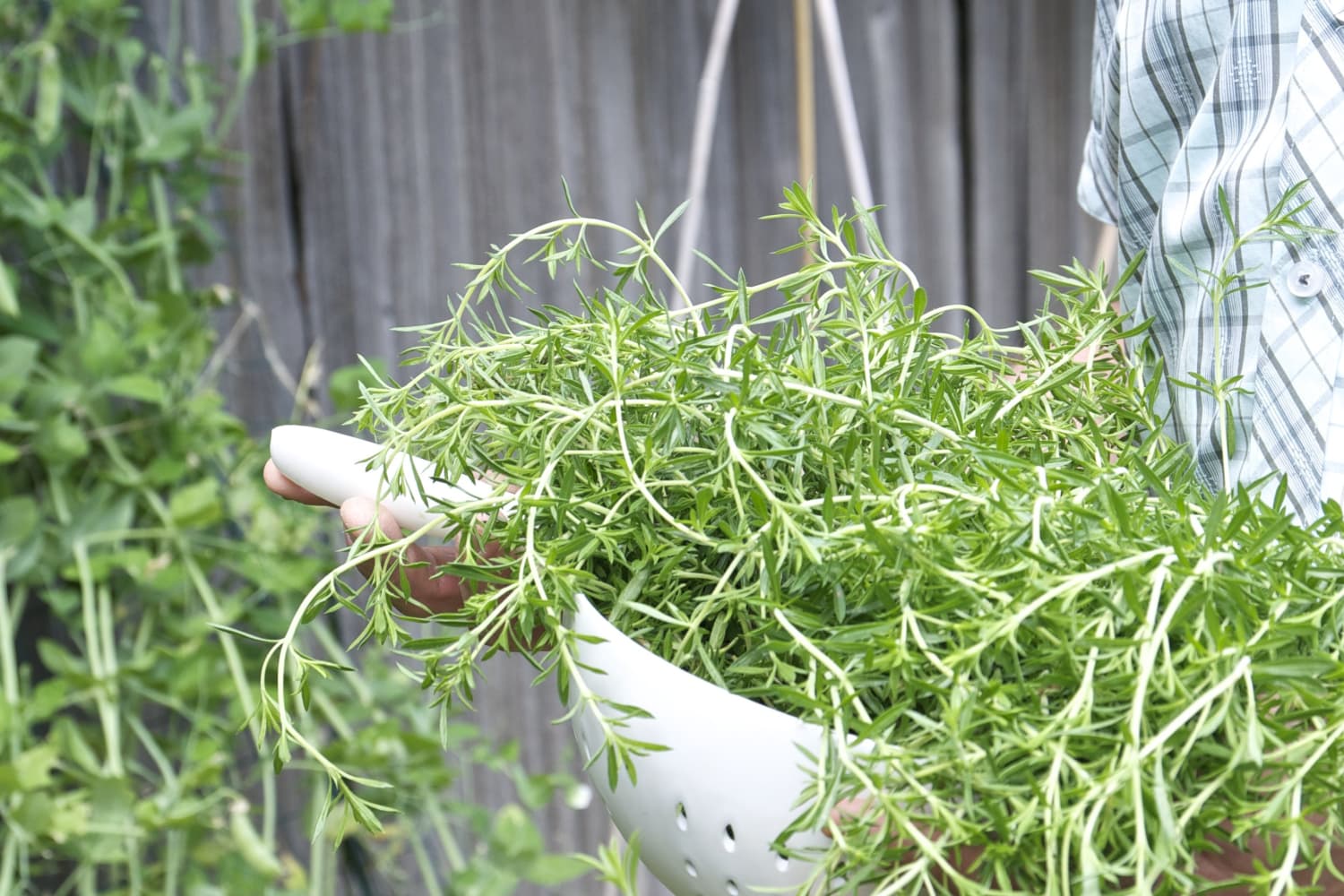Products You May Like

We independently select these products—if you buy from one of our links, we may earn a commission.
Thyme is such a big part of what summer smells like for me. Ornamental versions thrive and spread among the paving stones on my garden path, and the fragrant aroma is present with every step. Culinary versions, like French and lemon thyme, also dot my herb garden and grace my annual dried herb blend.
From classic Italian seasoning to herbs de Provence to a bouquet garni, thyme contributes a subtle, savory note that complements so many of my slow-simmered soups, stews, and roasted dishes.
It’s also a perennial herb that doesn’t need much extra care in order to enjoy year after year.
Imagine a symphony. There are the loud, in-the-spotlight players, like the trumpet or the violin, and then there are the supporting instruments. In a dish, garden thyme (thymus) is that supporting role, like a clarinet or oboe, that provides the rich backbone, against which the spotlight players shine.
The first thing to consider when purchasing or planting thyme is that there are two main types of thyme: ornamental and culinary. Thyme is a broad category, and most of the varieties are ornamental. The three most common types of culinary thyme are French, lemon, and caraway.
Is Thyme a Perennial or Annual?
Culinary thyme is a hardy perennial that is evergreen in most gardening zones. It is drought-tolerant and pollinator-friendly. I have harvested thyme well into December, here in Colorado; although, I experience the best flavor in the summer months. If you grow your thyme in a container, feel free to leave it outside and let it enter a dormant state over winter. New leaves will emerge within the early spring.
Propagate from cuttings: Clip a three-inch cutting from the very tip of a stem, apply rooting hormone on the exposed portion of the stem, and plant it in either sterile sand or vermiculite. Roots will emerge within about six weeks. Transfer to a small pot, let the root ball form, and then transfer to a large pot or directly to your garden.
Propagate by layering: Take a long thyme stem and carefully secure it along the soil with wire or a U-shaped stake, leaving four inches of the tip free. Make sure the pinned portion is directly touching the soil. Roots will start to form along the stem within about a month. Cut away the newly rooted plant from the main plant and transfer elsewhere within the garden or to a large pot.
Really, the more you trim your thyme, the more it grows. Cut fresh stems in the morning, leaving behind tough, woody portions. Leave behind at least five inches of growth, so that the plant can still flourish. Regular pruning not only encourages more growth, but also promotes a more rounded shape.
